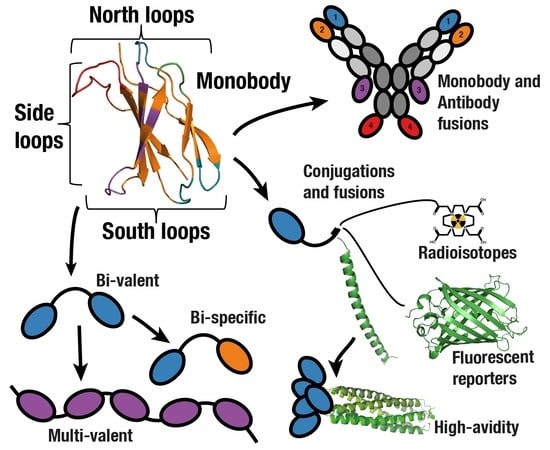Development and Differentiation in Monobodies Based on the Fibronectin Type 3 Domain
Abstract
Share and Cite
Chandler, P.G.; Buckle, A.M. Development and Differentiation in Monobodies Based on the Fibronectin Type 3 Domain. Cells 2020, 9, 610. https://doi.org/10.3390/cells9030610
Chandler PG, Buckle AM. Development and Differentiation in Monobodies Based on the Fibronectin Type 3 Domain. Cells. 2020; 9(3):610. https://doi.org/10.3390/cells9030610
Chicago/Turabian StyleChandler, Peter G., and Ashley M. Buckle. 2020. "Development and Differentiation in Monobodies Based on the Fibronectin Type 3 Domain" Cells 9, no. 3: 610. https://doi.org/10.3390/cells9030610
APA StyleChandler, P. G., & Buckle, A. M. (2020). Development and Differentiation in Monobodies Based on the Fibronectin Type 3 Domain. Cells, 9(3), 610. https://doi.org/10.3390/cells9030610





